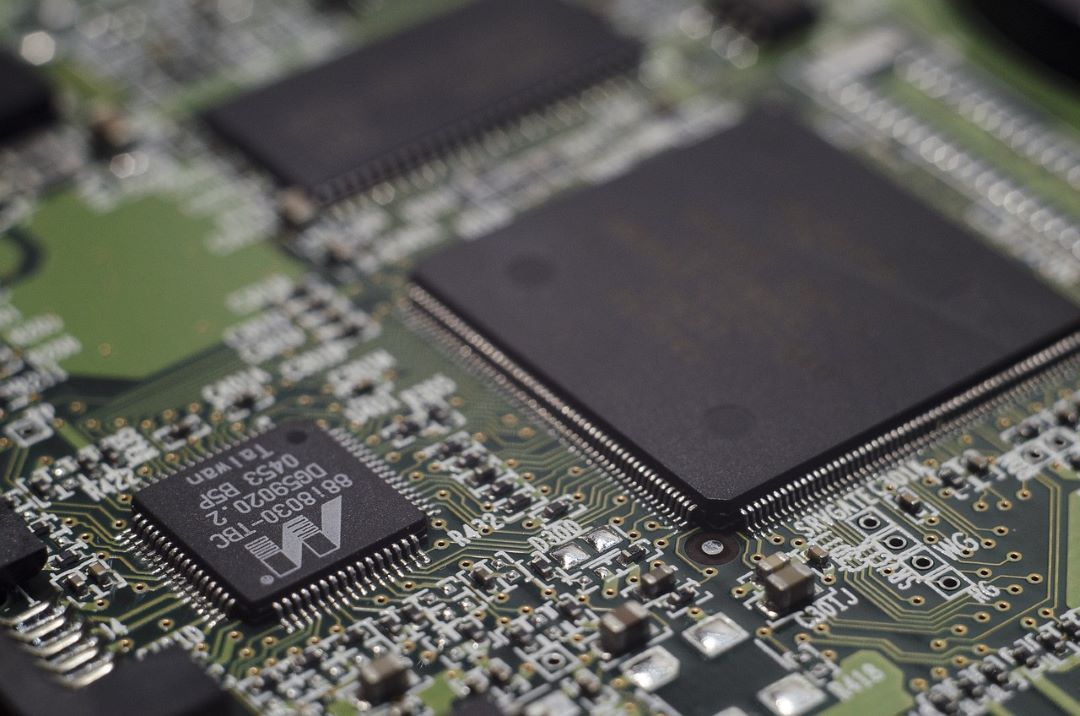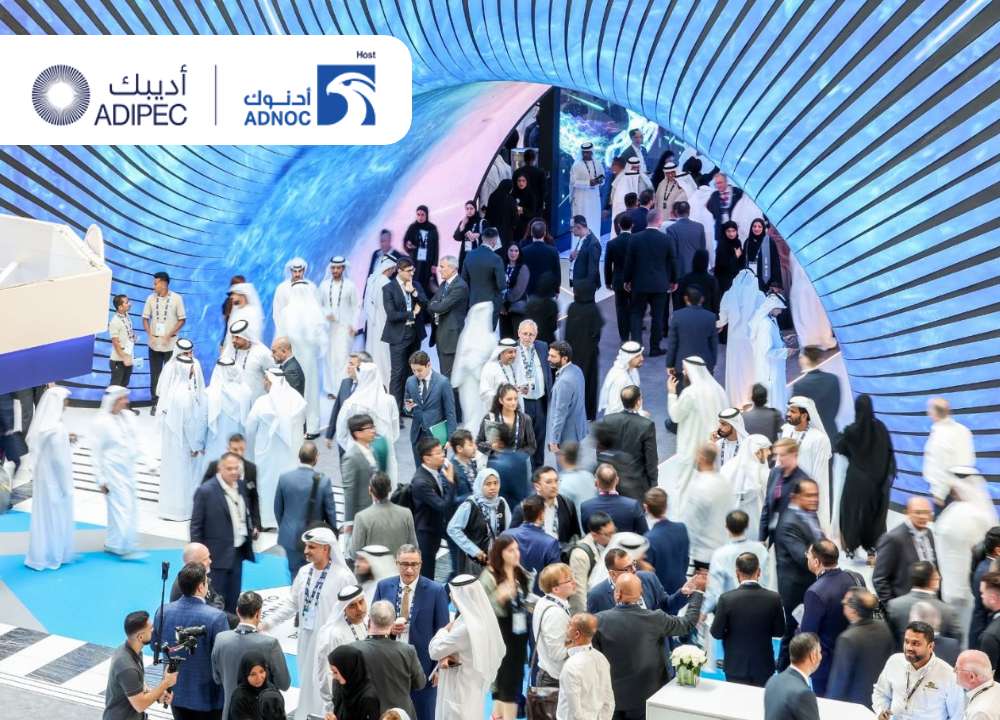India is poised to emerge as a prominent player in the global semiconductor industry, provided it can effectively tackle several identified challenges. According to Prime Minister Narendra Modi, who spoke at the inauguration of SEMICON 2024 on September 11, 2024, the country has already attracted substantial investment in this sector in a remarkably short period. Modi highlighted that India is actively developing a skilled semiconductor workforce, with plans to train 85,000 technicians, engineers, and research and development professionals.
The Indian electronics sector, currently valued at over $150 billion, is on a trajectory to expand to $500 billion by the end of the decade, with the creation of 6 million jobs anticipated. This growth is expected to have a direct impact on the semiconductor industry. Modi’s recent trip to Singapore also bolstered India’s ambitions in this sector. During the visit, India and Singapore signed several agreements focused on semiconductor cluster development and the nurturing of talent in semiconductor design and manufacturing.
This aligns with India’s historical connection to semiconductor technology, as it echoes the legacy of Acharya Jagadish Chandra Bose, who invented the world’s first semiconductor device, the Cat’s Whisker, in 1901, as reported in ‘Science India,’ a journal published by Vijnan Bharati, an organization inspired by the Rashtriya Swayamsevak Sangh (RSS) and dedicated to science and technology.
The Indian government is spearheading several initiatives to tap into this burgeoning sector. According to a report from the India Brand Equity Foundation, the Indian semiconductor market, valued at $26.3 billion in 2022, is projected to grow at a compound annual growth rate (CAGR) of 26.3%, reaching $271.9 billion by 2032.
Two key government programs are pivotal to realizing this potential: the India Semiconductor Mission (ISM) and SEMICON India. The India Semiconductor Mission (ISM) operates as a specialized and independent division within the Digital India Corporation. Its mission is to develop a vibrant semiconductor and display ecosystem to establish India as a global hub for electronics manufacturing and design.
The ISM aims to provide a comprehensive, coordinated, and efficient approach to the development of the semiconductor and display ecosystem, in collaboration with government bodies, industry, and academia. The SEMICON India program, approved by the Union Cabinet in 2021, has a financial allocation of Rs 76,000 crore.
This program is designed to support the development of a sustainable semiconductor and display ecosystem, offering attractive incentives to companies and consortia involved in areas such as silicon semiconductor fabs, display fabs, compound semiconductors, silicon photonics, sensors (including MEMS), semiconductor packaging (ATMP/OSAT), and semiconductor design.
In September 2024, the U.S. State Department announced a partnership with India’s Semiconductor Mission to explore opportunities for strengthening the global semiconductor supply chain under the ITSI Fund, a component of the CHIPS Act of 2022. This collaboration will involve a thorough assessment of India’s semiconductor infrastructure and regulatory framework, guiding future joint initiatives aimed at enhancing this crucial sector.
The International Technology Security and Innovation (ITSI) Fund, established under the CHIPS Act of 2022, provides the U.S. Department of State with $500 million—$100 million annually over five years, starting in Fiscal Year 2023—to promote secure and reliable telecommunications networks and ensure the security and diversification of the semiconductor supply chain.
As India makes strides in the semiconductor sector, it must proceed with caution. Dr Sushil Kumar and Prof Venu Gopal Achanta, in their paper published in ‘Science India,’ have highlighted a critical area where India has the potential to lead: carbon neutrality. Semiconductor manufacturing processes generate toxic chemicals, gases, and hazardous waste that require safe disposal.
Currently, many wafer fabrication facilities globally operate with minimal regard for sustainability. As India embarks on its semiconductor mission, it has the opportunity to set a global standard by focusing on carbon-neutral practices. This includes meeting power requirements through renewable energy sources, ensuring the safe disposal of toxic waste, recycling water and chemicals, and using green materials in semiconductor processing.
By creating silicon growth and chip fabrication facilities with a low carbon footprint and adopting less capital-intensive technologies, as seen with ISRO’s approach in space technology, India could demonstrate the feasibility of sustainable semiconductor manufacturing and encourage the global industry to follow suit.
At present, India is vying with South Korea, Taiwan, and China to establish itself as a semiconductor manufacturing hub. Although India has gained significant momentum, achieving leadership in this sector will require close coordination between state and central governments, a task that may be complicated by the current political landscape.







